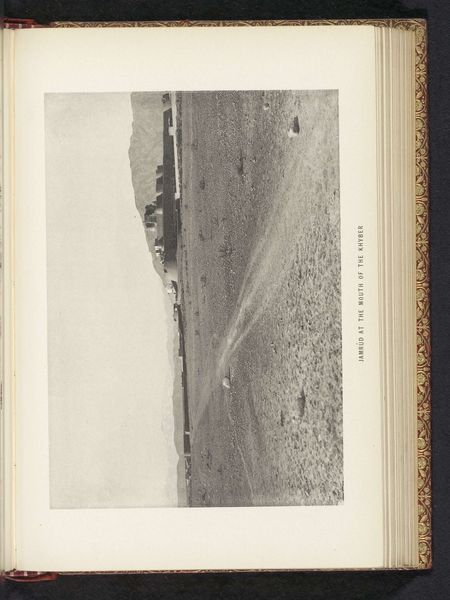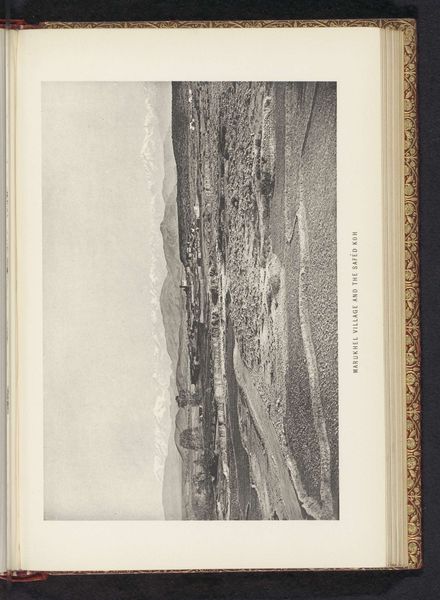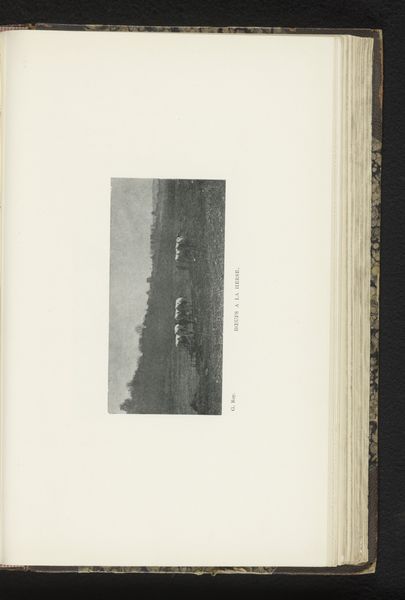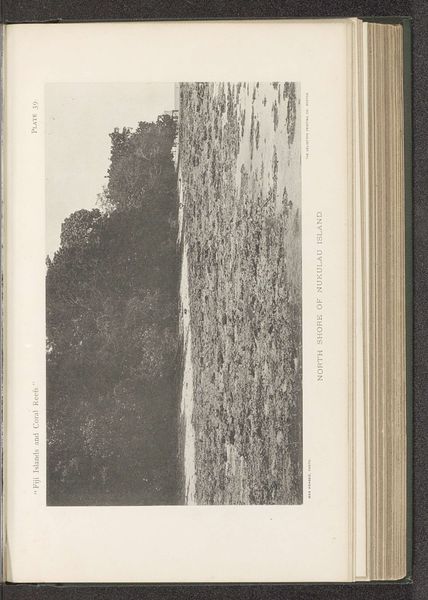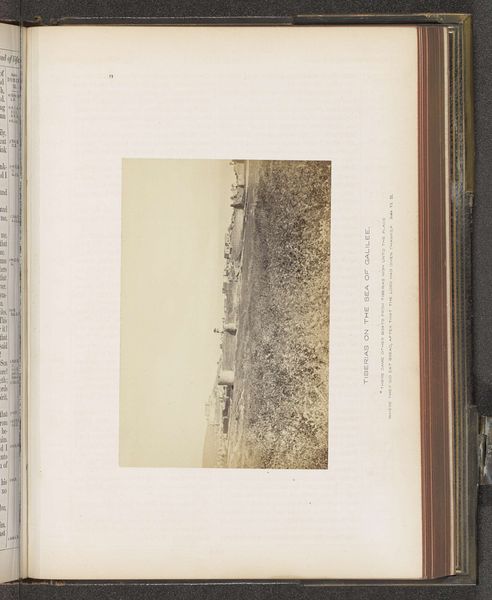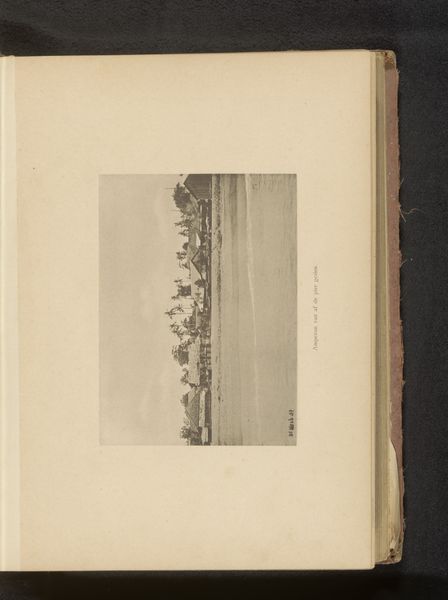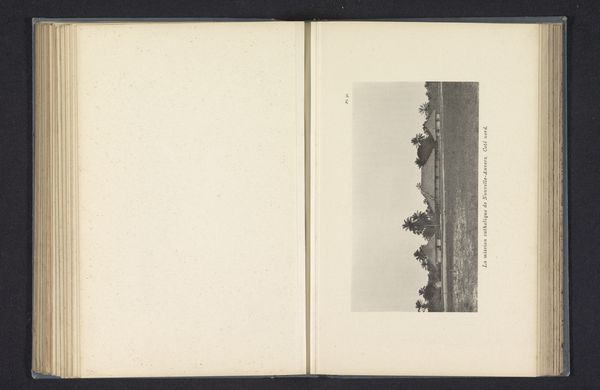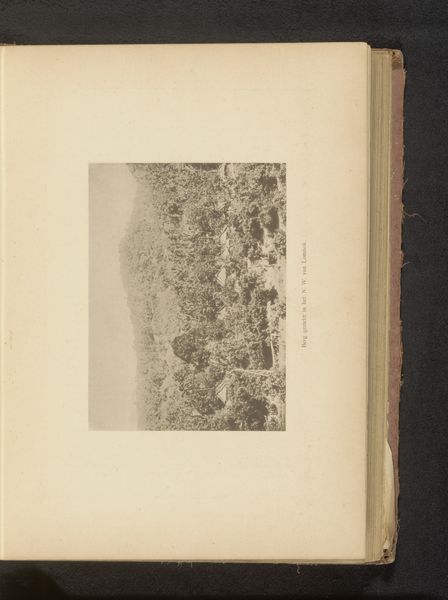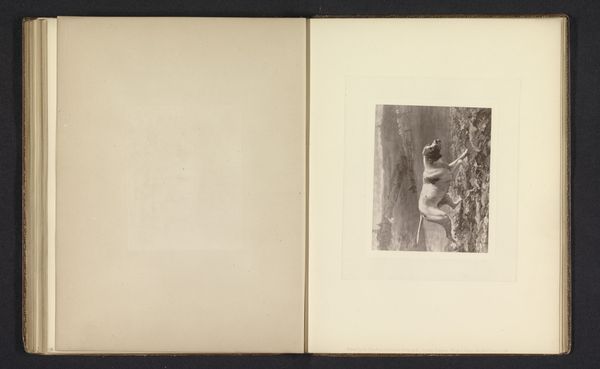
photography
#
landscape
#
photography
#
realism
Dimensions: height 119 mm, width 163 mm
Copyright: Rijks Museum: Open Domain
Curator: There's a kind of quiet solemnity to this photograph. A long exposure, I imagine, everything a little hazy. What do you think? Editor: The photograph we are observing is titled "Decoy ducks in Kuram", a realist style landscape captured by Frederick Saint John Gore before 1895. The name Frederick Saint John Gore is quite unique; he certainly came from English gentry in the Victorian era, based on his interest in capturing the environment through photographs. What would the use of decoy ducks indicate? Curator: Ah, clever observation. I see a mirror to my own kind of deviousness there—I wonder about its commentary on the pursuit and preservation of wilderness? Are these images staged? Are they meant to simply mirror the life there? Perhaps they are both beautiful and deceitful—but then, is any portrait entirely free of such dualities? Editor: Gore's work allows us to examine photography’s relationship to ideas about truth and documentation during the late 19th century. It was the period of empire building and the documentation of it; these landscapes became important in asserting the nation's and the empire's claims on certain regions, to create specific associations with a territory. In the grander scheme, images of rural beauty legitimized claims of expansion and offered reassurance about maintaining aesthetic ideals. Curator: That makes sense. What also strikes me is that by pointing our attention to something we might normally miss – decoy ducks as signifiers - these pictures do begin to raise these deeper issues. They nudge us to confront some tricky questions about what we really see when we look at pictures or any other landscape—perhaps we look at the grand sweep but miss what lurks in the foreground or flies beneath. It’s very cunning indeed—isn't it? Editor: I agree; understanding the history, production and exhibition context can certainly deepen our appreciation and critical engagement with photographic work. This piece highlights the power of photography, its role in representing social and political agendas. It really is all very fascinating and subtle, don’t you think? Curator: Indeed. Something to consider further next time when visiting and contemplating landscape. Editor: Certainly! A worthwhile effort, thank you.
Comments
No comments
Be the first to comment and join the conversation on the ultimate creative platform.

